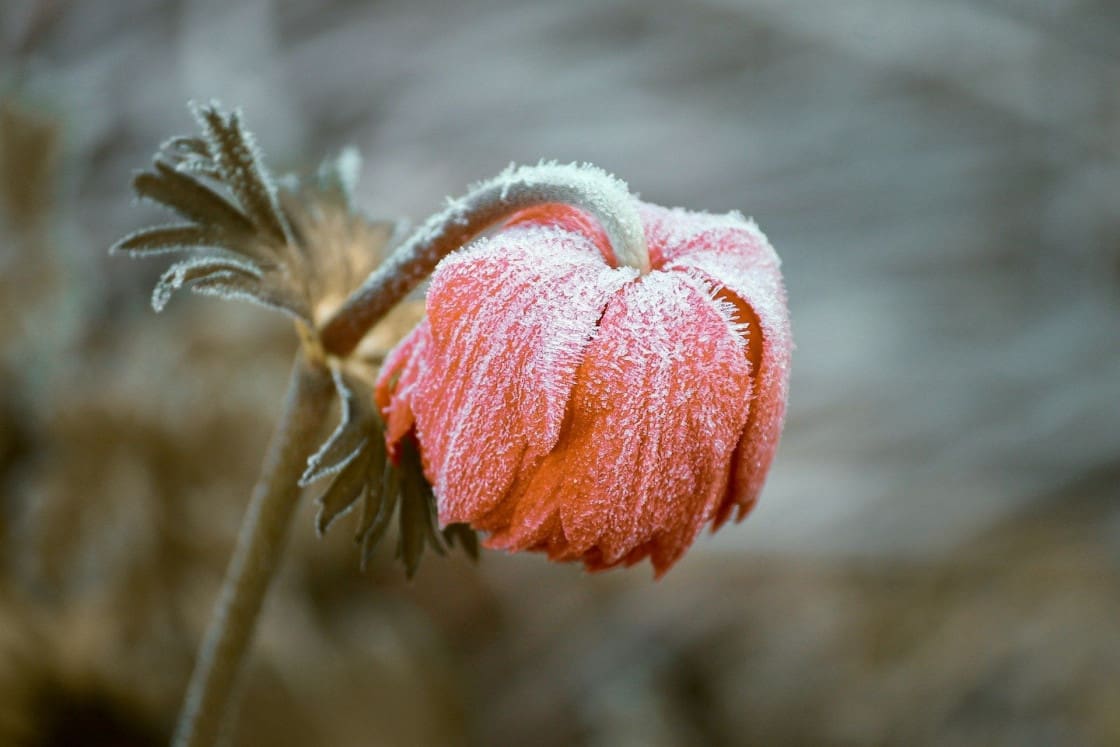How to Look After Wildlife During Wintertime


Now is the time of year where you may be starting to experience the first frosts of autumn, especially if you have the pleasure of living in the countryside. If you haven’t done so already, it’s time to prepare your garden for harder frosts. For some plants, frost can be fatal, so if you want to avoid losing some of your most prized plants read on for our advice on how to protect them.
If you’re particularly fond of geraniums or other Mediterranean/exotic style of planting, you should be prepared to ‘overwinter’ these or you’ll be replacing them year after year as they will not cope through our frosts. Some tender plants can be taken into the greenhouse over the winter.
However, greenhouses do not provide complete protection from frost as they consist of a single, thin pane of glass. They are excellent for keeping rainfall off the plants, which keeps soils dry, however, internal temperatures can still fall below zero degrees, especially as heat escapes during the long winter nights, so other measures are required. Introducing a means of heat can help combat this by using thermostatically-controlled electric heaters, or gas or paraffin heaters, or simply bubble wrapping the windows.
Care must be taken to control the internal temperature and not raise it too much, which can also have a damaging effect on the plants. A temperature of around seven degrees is adequate, the plants will not grow during winter in a greenhouse.
If you own shrubs such as Japanese Acer which hate cold drying winds, banana palms or tree ferns, the correct fleecing is needed to protect them from frost, cold winds and damp weather. Wrap your Japanese Acers and banana palms in fleece, hessian or ground cover fabric for extra insulation, covered with a waterproof material to prevent the rain from getting through. Most frost fleeces now have a waterproof coating on them. Since plants are mostly going into dormancy, they’re not actively growing so sufficient light is not a necessity.
If you are lucky enough to own a tree fern, these require slightly different protection. In the centre of the fronds at the top of the trunk they have a soft spot where the new fronds form from, this needs protecting from the damp of winter. Gently stuff this centre of the trunk with straw to prevent sitting water and tie the leaves up with fleece for extra protection. Remove the straw in the spring for the new fronds to come through.
It’s a common misconception that Trachycarpus, or windmill palm as its commonly known as needs fleecing over the winter. Although exotic looking, it’s perfectly hardy for frosts so no need to cover.
If plants in containers are too large to be indoors, tightly wrap the pots in bubble-wrap or hessian to protect the roots from frost, this can be done with any container plant as they are more vulnerable to frosts. Group pots closely together so they help insulate each other and raise them on pot feet (or bricks) to let rainwater drain.
Plants also become acclimatised as they mature, so if a young plant survives the first few years, there is a good chance it will survive unwrapped in the following winters.
Be prepared for winter with one of our Aftercare Packages. Call our team on 0116 210 0760 for more information.